Smart Farm: a digital model for IoT-powered agriculture

- IOT
- ENERGY MANAGEMENT
- AGRICULTURE
In the vast expanse of modern agriculture, a quiet revolution is underway, promising to reshape how farmers grow, manage, and harvest our crops. This transformation leads to smart farming with the power of the Internet of Things (IoT), which holds the potential to propel agriculture into a new era of efficiency, sustainability, and productivity.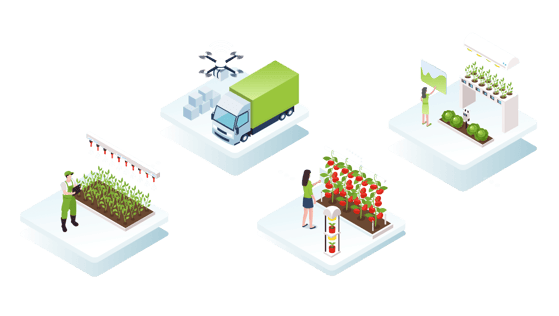
Envision a world where crops express their requirements, each patch of soil is vigilantly observed live and where pests are thwarted before they can cause harm to plants. This aspiration is becoming a reality as IoT technology takes agriculture to another level.
Recent decades have seen a rapid increase in agricultural modernization worldwide, reducing costs and making crop and livestock farming more efficient. The use of IoT has become more widespread in recent times, as various sensors provide farmers with data that can be used to improve crop quality, animal welfare and reduce the cost of energy or other inputs.
|
|
|
|
An agriculture powered by IoT, intelligent devices gather data from the farm environment, encompassing factors like soil moisture, temperature, humidity, light intensity, and even livestock-related details. These data points are then transmitted to a central system for comprehensive analysis and informed decision-making. The information amassed by IoT devices undergoes processing through advanced data analytics tools and methodologies. It, in turn, facilitates the creation of predictive models capable of anticipating weather trends, disease occurrences, and crop yields. Consequently, farmers are empowered to make choices rooted in data-derived insights proactively.
Smart farming hinges on integrating automation and robotics to execute tasks ranging from planting and harvesting to monitoring crops and livestock. Automation mechanisms enable the precise allocation of resources, such as water and fertilizers, tailored to specific requirements. This precision-driven approach minimizes resource wastage and contributes to preserving invaluable assets, rendering farming practices more ecologically sustainable.
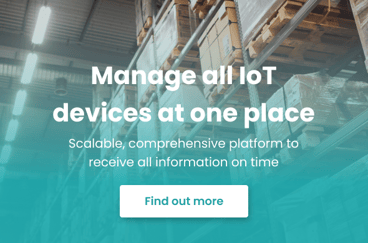
In smart farms, IoT technology enables measuring and monitoring various parameters to optimize agricultural practices and enhance overall productivity, such as:
Soil Conditions
By measuring soil moisture levels, temperature, pH, and nutrient composition, IoT sensors provide farmers with a comprehensive dataset that empowers them to make informed decisions about irrigation demands, fertilization prerequisites, and soil well-being. By accurately determining irrigation needs, farmers can prevent overwatering or underwatering, which can lead to crop stress or wastage of valuable resources.
Additionally, by understanding the nutrient composition of the soil, farmers can tailor their fertilization strategies to provide the necessary nutrients for healthy plant growth. This data-driven approach not only improves crop yield and quality but also promotes sustainable farming practices by minimizing resource wastage and reducing environmental impact. Ultimately, IoT sensors play a crucial role in enabling farmers to cultivate healthier crops and maintain the overall well-being of their soil.
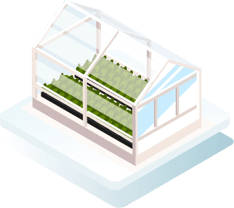
Weather and Climate
With IoT devices adeptly gathering real-time weather data encompassing temperature, humidity, wind velocity, and precipitation, farmers now have access to crucial insights that can greatly impact their decision-making process. This wealth of information allows them to make informed choices when it comes to planting and harvesting their crops, as well as taking necessary measures to prevent the proliferation of diseases.
The ability to gather real-time weather data through IoT devices empowers farmers to make well-informed decisions that optimize their farming practices. By leveraging this information, they can improve crop yields, minimize disease risks, and ultimately contribute to more sustainable and productive agricultural practices.
Crop Health
IoT sensors are crucial in smart farming as they monitor factors like leaf dampness, canopy temperature, and chlorophyll concentration to detect early signs of stress or diseases in plants. This allows farmers to take prompt interventions to prevent damage, such as adjusting irrigation practices or implementing pest control measures. IoT sensors also assess chlorophyll levels to optimize plant growth and maximize crop yield.
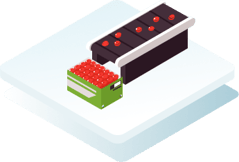
Water Management
IoT sensors are crucial in smart farming for efficient irrigation practices, conserving water and optimizing crop growth. By monitoring water consumption and soil moisture in real-time, farmers can make data-driven decisions about irrigation, preventing water wastage and potential crop damage. This precision-driven approach maximizes water efficiency, reduces waste, and contributes to sustainable agricultural practices, ultimately leading to improved crop yields and environmental sustainability.
Livestock Monitoring
By utilizing IoT technology, farmers can remotely monitor various aspects of animal well-being, including their feeding patterns, activity levels, and even their sleeping habits. This real-time monitoring enables farmers to detect any signs of distress or illness early on, allowing for prompt intervention and treatment. Moreover, it helps farmers identify any potential issues with the animals' living conditions or nutrition, ensuring that they are provided with the necessary care and resources.
In addition to monitoring individual animals, IoT devices also help farmers manage their herds more effectively. By tracking the whereabouts of each animal, farmers can ensure that they are in the right location at the right time, whether it be for grazing, milking, or other husbandry practices. This level of control and oversight allows farmers to optimize the use of their resources and minimize the risk of accidents or incidents.
IoT devices can be integrated with smart collars or tags worn by the animals, which can provide additional data such as heart rate, body temperature, and even stress levels. This information can be invaluable in detecting any signs of discomfort or disease, allowing farmers to take immediate action and provide appropriate care.
Nutrient Management
IoT technology in smart farming allows farmers to monitor nutrient levels in crops and soil, optimizing fertilization practices and reducing nutrient runoff. By gathering real-time data on nutrient composition, farmers can make informed decisions about fertilization requirements. This data-driven approach minimizes over-fertilization and environmental impact while improving crop yields and resource efficiency.
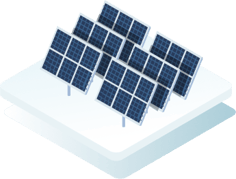
Energy Usage
Smart farms effectively quantify energy consumption, refining resource employment, including electricity and fuel. This emphasis on energy management is a crucial aspect of sustainable farming practices. By implementing IoT technology, farmers can monitor and optimize their energy usage, leading to improved efficiency and reduced costs.
For example, farmers can use IoT sensors to monitor energy-intensive equipment such as irrigation systems or machinery. By analyzing the data collected, they can identify opportunities to upgrade or replace older, less energy-efficient equipment with more sustainable alternatives. This not only reduces energy consumption but also lowers operational costs and contributes to a more environmentally friendly farming operation.
Furthermore, IoT technology can enable farmers to incorporate renewable energy sources into their farms. By monitoring energy production from solar panels or wind turbines, farmers can optimize their energy usage by aligning it with energy generation. This allows them to maximize the use of renewable energy and reduce reliance on traditional energy sources, further enhancing the sustainability of their farming practices.
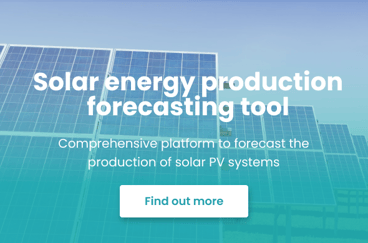
By harnessing IoT technology to measure and dissect these multifaceted dimensions, smart farms can adopt appropriate, data-guided resolutions, shorten wastage, boost resource efficiency, and ultimately endorse more sustainable, prolific agricultural practices.
Share this post on social media:
Posts by Tag
- IoT (17)
- Smart cities (16)
- E-mobility (14)
- Energy Management (10)
- Mobility (9)
- Software development (9)
- Marketing automation (6)
- RPA (6)
- Robotic Process Automation (6)
- electric vehicles (6)
- Internet of Things (5)
- IoT solution (5)
- Marketing software (5)
- Smart Building (5)
- Business Intelligence (4)
- Custom applications (4)
- IoT platform (4)
- Uipath (4)
- electric charging (4)
- IoT devices (3)
- Properties (3)
- AI (2)
- BI (2)
- Montu (2)
- Multi-device functionality (2)
- Omnichannel (2)
- RPA Budapest (2)
- Smart city (2)
- UX design (2)
- app development (2)
- artificial intelligence (2)
- crm (2)
- crm software (2)
- electric charging station (2)
- machine learning (2)
- marketing campaign (2)
- optima (2)
- API Testing (1)
- Agriculture (1)
- Automated Testing (1)
- BYOD (1)
- EV (1)
- Energy Communities (1)
- Event insights (1)
- Event report (1)
- Green IoT (1)
- HR (1)
- IT Outsourcing (1)
- ML (1)
- Power BI (1)
- Resource Management (1)
- Smart Home (1)
- Smart Office (1)
- TaaS (1)
- UX/UI Design (1)
- Xamarin (1)
- cloud (1)
- cloud computing (1)
- cross-selling (1)
- data driven marketing (1)
- digital twin (1)
- dynamic customer segmentation (1)
- esg (1)
- inbound marketing (1)
- industry 4.0 (1)
- onprem (1)
- onpremise (1)
- scalability (1)
- software robot (1)
- testing as a service (1)
- upselling (1)
Recent Posts
Read On
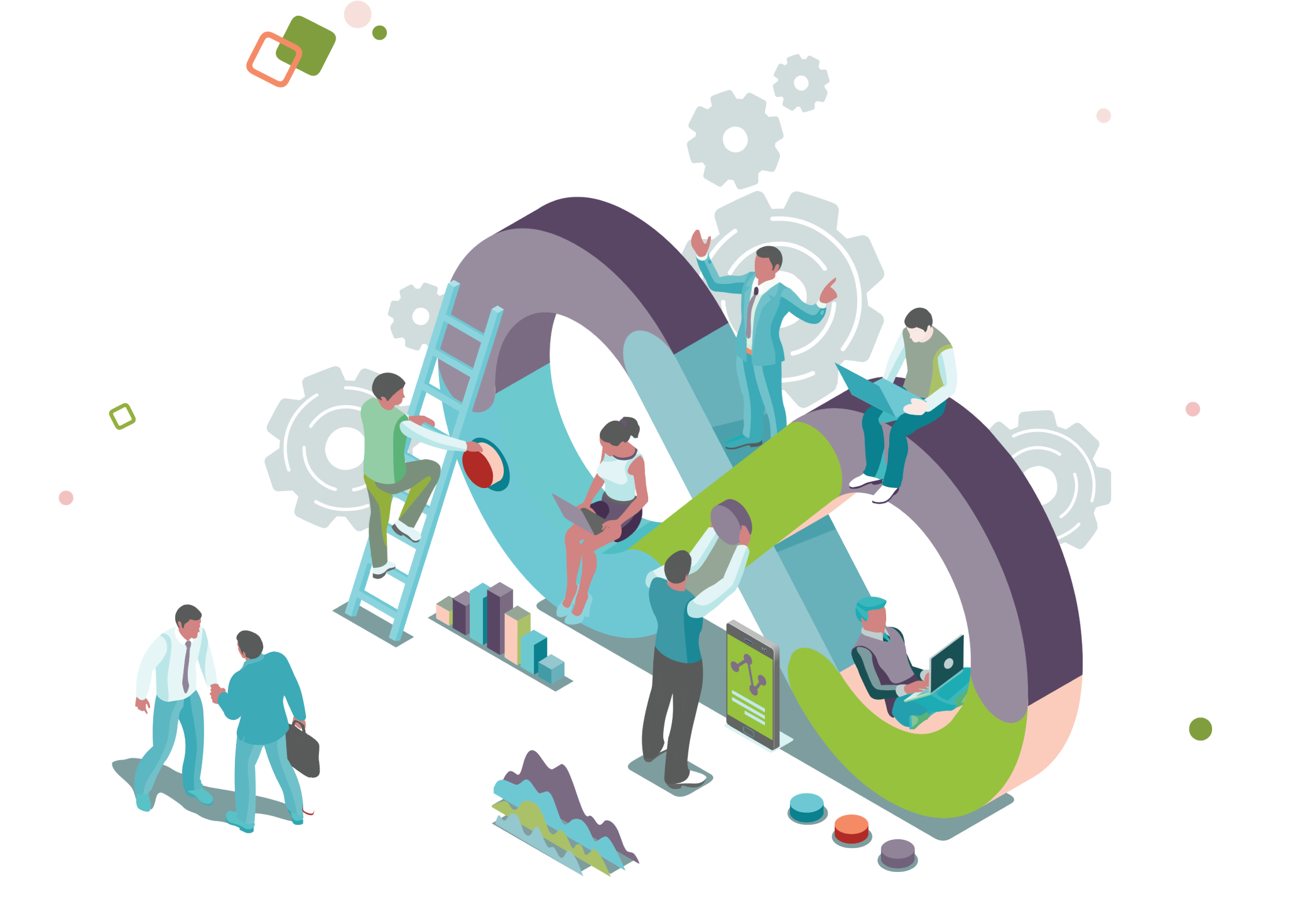
- MOBILITY
- IOT
- INTERNET OF THINGS
- E-MOBILITY
- ELECTRIC VEHICLES
- IOT SOLUTION
- APP DEVELOPMENT
- IOT DEVICES
5G opens new opportunities to IoT app developers – 5G impacts on IoT
The Internet of Things (IoT) is developing rapidly and 5G supports this ambition even more. The progress of cellular and Wi-fi networks were limiting factors in IoT until 4G and now, 5G networks set to solve these problems. According to recent research, the global 5G IoT market size is set to grow...
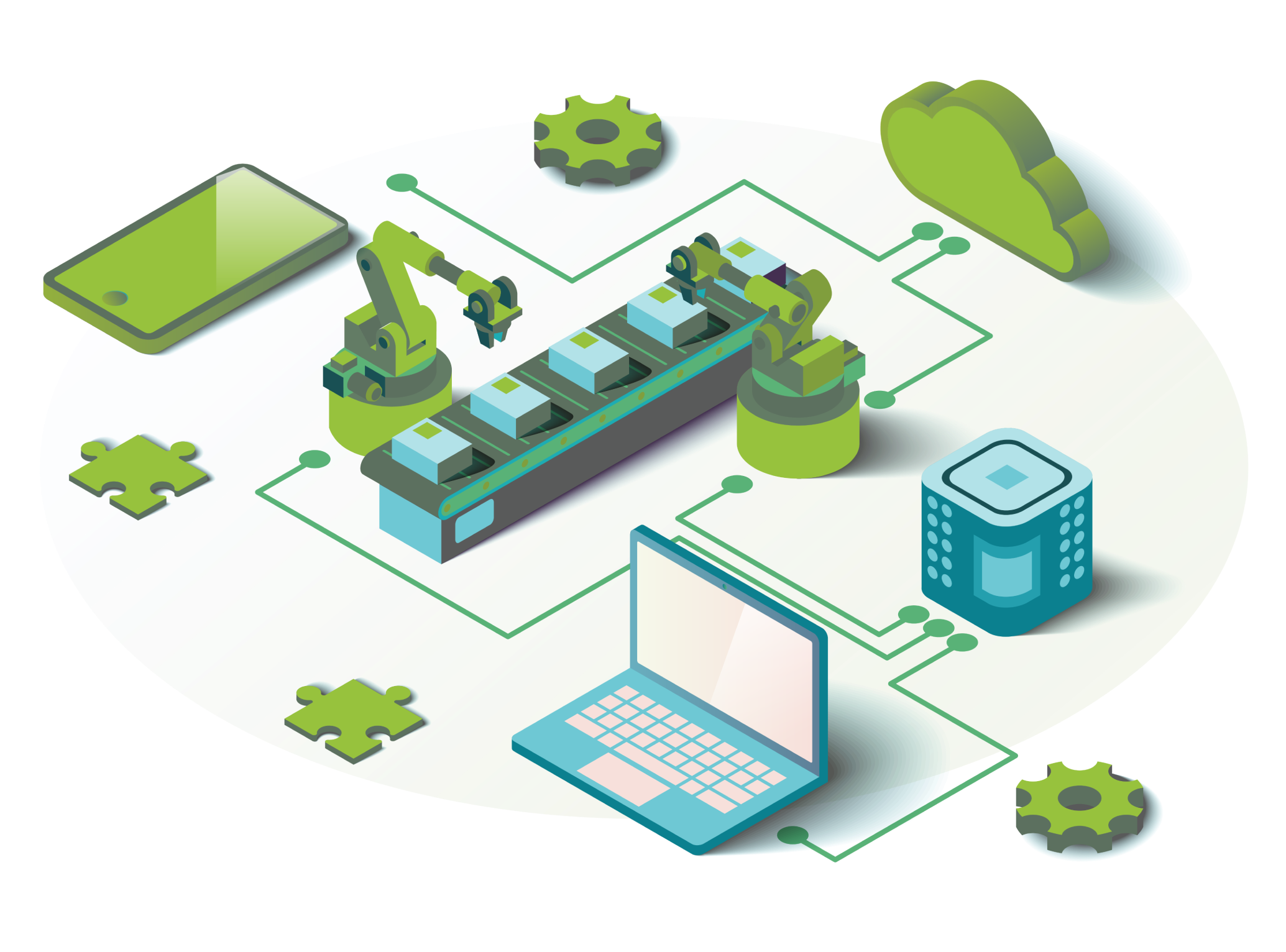
- IOT
- IOT SOLUTION
- IOT DEVICES
- IOT PLATFORM
What is an IoT platform, and how to choose the proper one?
Billions of IoT devices are actively used globally, and it is set to reach 30 billion by the end of 2030.According to a recent report, the global IoT market size is set to grow $272.4 billion by 2026, due to the rapid cellular network developments. In 2020, the highest number of IoT devices is...
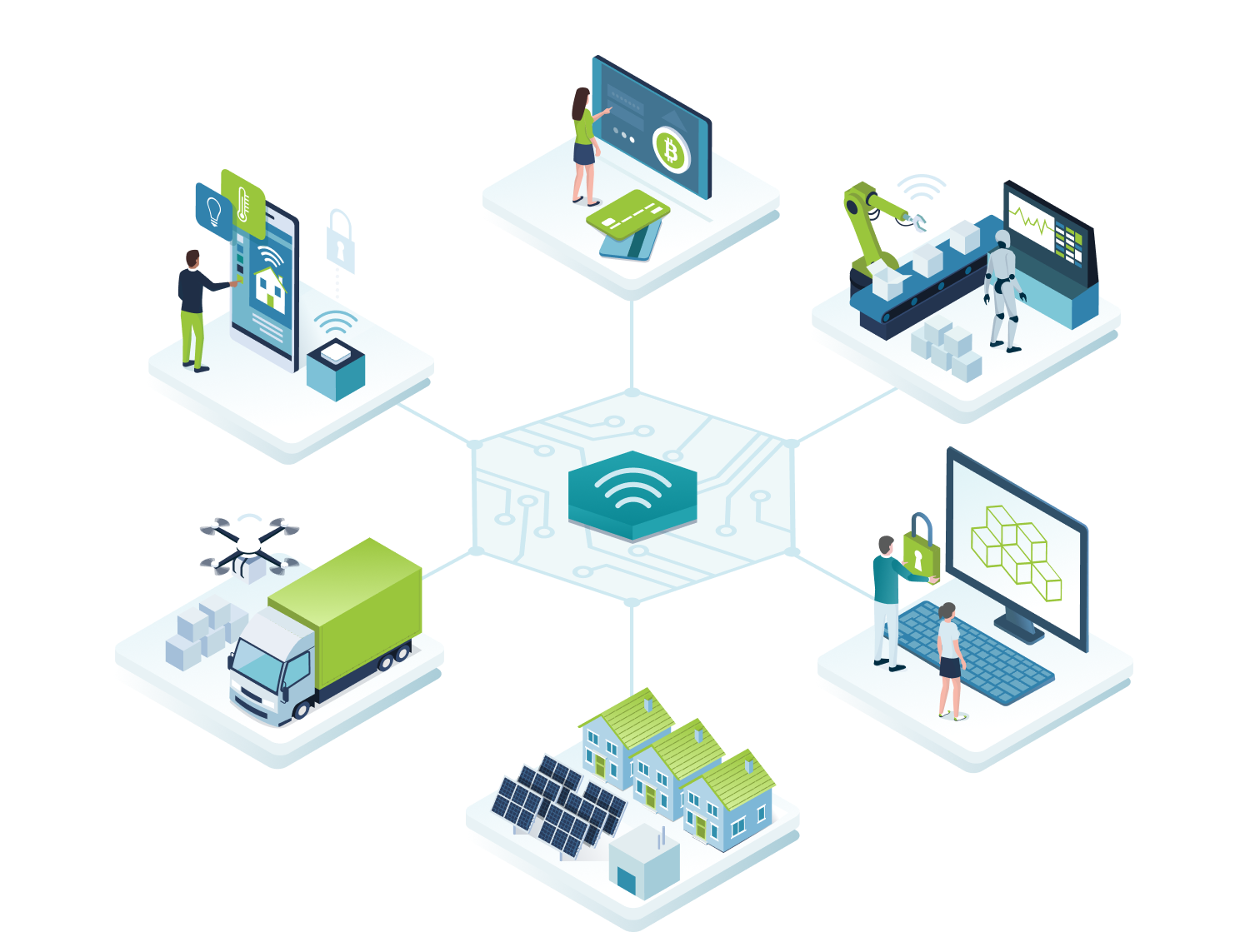
- IOT
- IOT SOLUTION
- SMART CITY
- GREEN IOT
- SMART CITIES
Green IoT: the emerging market in Internet of Things developments
Due to the tremendous developments in information and communications technology, things around us got connected, resulting in various smart city applications that enrich our society.



